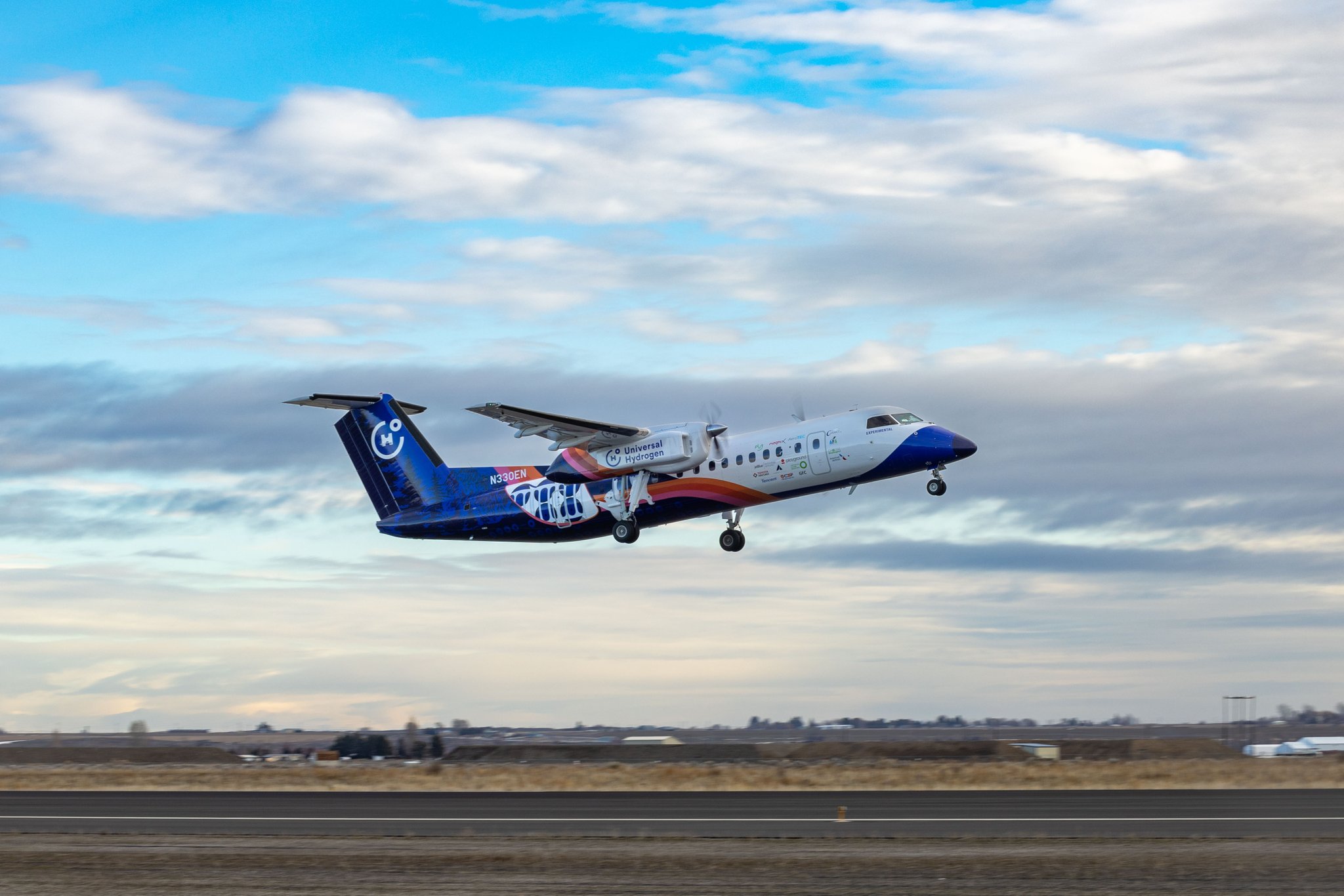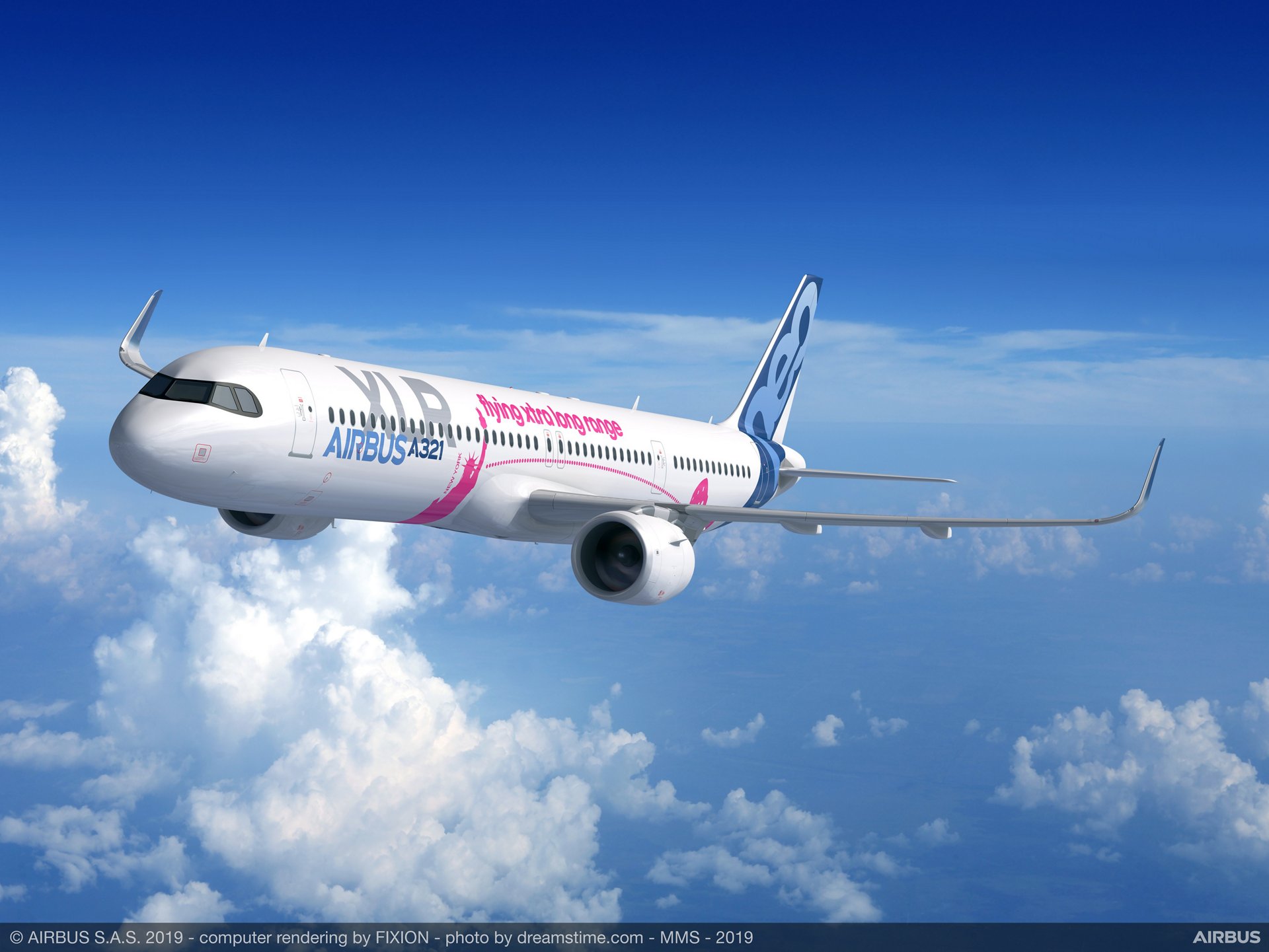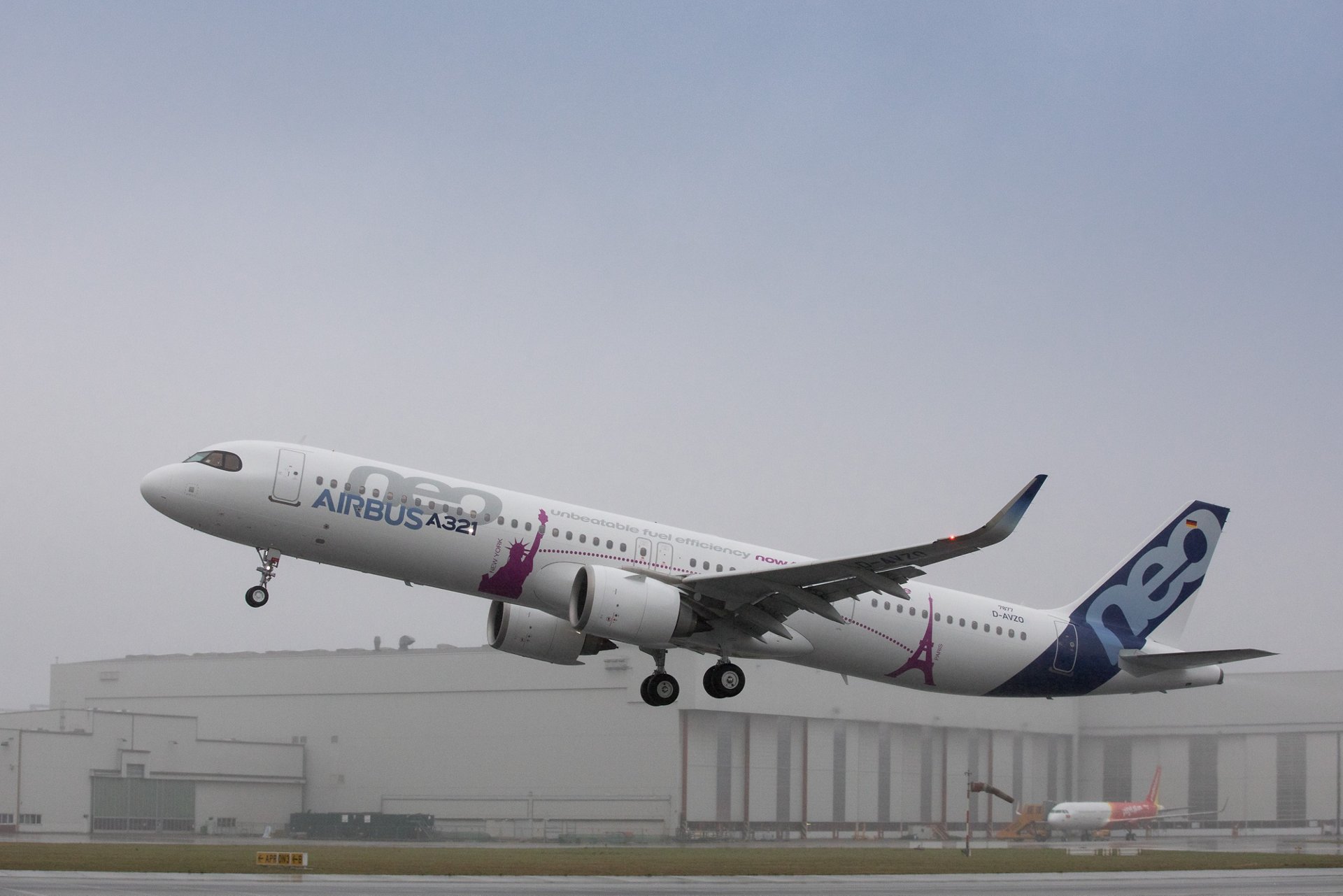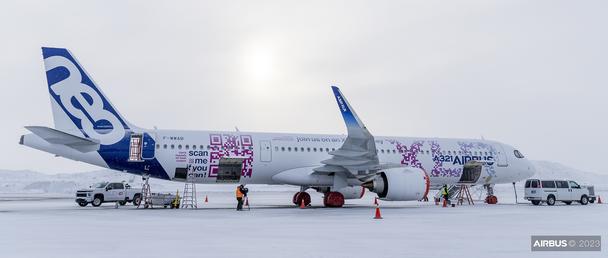Leeham News and Analysis
There's more to real news than a news release.
Bjorn’s Corner: New aircraft technologies. Part 42. Improving the learning curve
December 15, 2023, ©. Leeham News: We are discussing the different phases of a new airliner program. After covering Conceptual, Preliminary, and Detailed design, the manufacturing of prototypes, and their roles in flight tests, we now look at the production phase.
Last week, we discussed why production costs vary over time and why they can be up to 500% higher for the first units than for units past 400 to 500 aircraft produced. Now we go deeper into the reasons behind this and what can be done to improve the situation.
The Exception to the Green Propulsion Rule
Subscription required
By Bjorn Fehrm
November 30, 2023, © Leeham News: The interest in Green alternative propulsion for airliners started in earnest at Farnborough Air Show 2014, where Airbus flew the E-Fan battery-electric aircraft. What followed was a dense stream of alternative propulsion airliner projects.
They all have in common that nothing much has come out of them. We have a Pipistrel two-seat trainer that can fly for 50 minutes on batteries, but not much else. More elaborate projects have wide slips in their plans, and nine years later, we lack real prototypes for all projects.
We have functional models flying for nine-seat hybrids and 19/30-seat hydrogen fuel cell aircraft that swap one engine for a Green alternative. Of the latter, there is one project that stands out from the rest. It has shown real progress over the last years and has realistic plans for a 55-seat hydrogen airliner that can be operational in three to four years.
We will analyze why the Universal Hydrogen ATR fuel cell project is the exception to the “Green Propulsion Rule,” that nothing comes out of all plans, and why it could be the first Green Propulsion airliner, ending a 10-year draught.
Summary:
- A Green Propulsion project means the airliner does not use hydrocarbon-burning (Kerosene or SAF) gas turbines.
- The project that breaks the rule that nothing seems to reach practical use this side of 2030 is the Universal Hydrogen ATR project.
Further developments of the A321, Part 6
Subscription required
By Bjorn Fehrm
November 23, 2023, © Leeham News: We do an article series about what can be the subsequent development for Airbus’ most popular aircraft, the A321neo. We looked at different changes to the aircraft in previous articles and the economics in short haul configuration. Now, we compare the capacity and economics of the different variants when configured for long-haul missions.
We use our Airliner Performance and Cost Model (APCM) to look at passenger capacity, seat-mile costs, and range.
- A stretched A321 is limited as a long-haul aircraft, as it needs additional fuel and additional takeoff weight to carry the fuel.
- Long-haul variants of a stretched A321 will need the XLR center tank or the new, larger wing of an A32x to extend the range to long-haul values.
Further developments of the A321, Part 4
Subscription required
By Bjorn Fehrm
October 26, 2023, © Leeham News: We do an article series about what can be the next development for Airbus’ most popular aircraft, the A321neo. We looked at a minimal makeover in Part 3; now, we make a larger change.
We use our Airliner Performance and Cost Model (APCM) to examine what a new wing and revised engines can bring regarding larger passenger capacity, range, and lower seat-mile costs.
Summary:
- To increase the capacity significantly of the A321, a new wing is needed.
- We design a new wing combined with uprated engines and look at the result.
Bjorn’s Corner: New aircraft technologies. Part 35. Prototype manufacturing and Testing
October 20, 2023, ©. Leeham News: We are discussing the different design phases of an airliner development program. The typical phases and their time use and manning are described in the Gant chart in Figure 1.
After covering Conceptual, Preliminary, and Detailed design, we now discuss Prototype manufacturing and Testing.
Further developments of the A321, Part 2
Subscription required
By Bjorn Fehrm
October 5, 2023, © Leeham News: We look at what can be the next development for Airbus’ most popular aircraft, the A321neo. We looked at the history of the A320/A321 last week and how the aircraft progressively were updated to take more passengers and fly longer sectors.
The series represents more than 50% of the revenue and margin for Airbus. With the latest development, the A321XLR, soon finished, what is next? We use our Airliner Performance and Cost Model (APCM) to look at base data and what changes are necessary to increase capacity and efficiency further.
Summary:
- The A321 is reaching its weight and capacity limits.
- There are ways to lift these limits, but the changes must not break its Airport gate classification.
Bjorn’s Corner: New aircraft technologies. Part 31. Detailed design -3
September 22, 2023, ©. Leeham News: Last week, we discussed program management methods for the Detailed design phase of an airliner development program. While the modern Agile work methods suit smaller projects, the sheer size and complexity of an airliner project that involves hundreds of companies require more structured management methods with Agile used for areas where it’s suitable.
We now go a step deeper than program and configuration management and look at development techniques and tools for Detailed design.
Read more
Bjorn’s Corner: New aircraft technologies. Part 30. Detailed design -2
September 15, 2023, ©. Leeham News: Last week, we described the beginning of the Detailed design phase of an airliner development program. We discussed the importance of a good information set from Preliminary design, ideally as a collection of digital models forming a Preliminary level digital twin.
We now discuss how the work is managed in the Detailed design phase and how to speed up the work and make it more efficient.
Bjorn’s Corner: New aircraft technologies. Part 29. Detailed design
September 8, 2023, ©. Leeham News: We described the Preliminary design phase of an airliner development program over the last weeks. Now our project is transitioning into Detailed design.
It’s the most challenging part of the project as we now go from perhaps a thousand people involved at the OEM into tens of thousands and even more people at consultancies and suppliers.
Bjorn’s Corner: New aircraft technologies. Part 28. Alternative Preliminary design
September 1, 2023, ©. Leeham News: We described the Preliminary design phase of an airliner development program last week. One could say this was the classical way that aircraft projects conduct Preliminary design.
There is a different way that Conceptual and Preliminary design can be run. It’s more along the lines of pre-development of functions, as a reader commented on two articles back.








